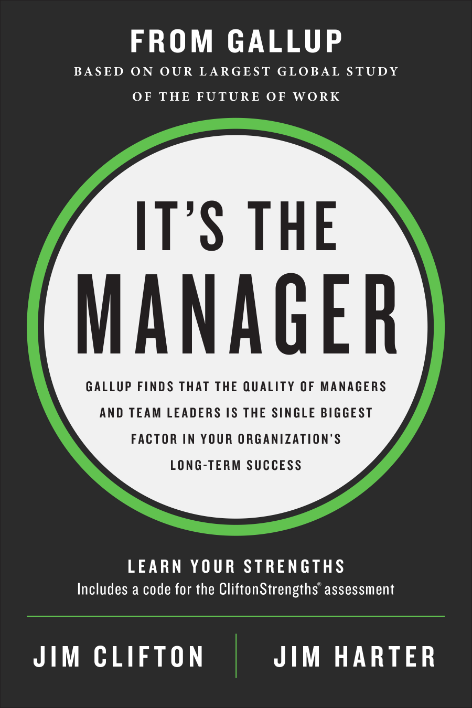Story Highlights
- Focus on culture first and commit to the employee experience
- Look at employee engagement as an ongoing process, not an end
- Approach data collection with intention, don't pool data without reason to improve your company
Do you ever wonder why success is seemingly effortless for some of the greatest leaders?
It's especially perplexing considering the challenges posed by the current work environment.
Yet for leaders with the right rulebook, building a best-in-class workplace is as simple as 1-2-3. Their thriving organizations have over 70% of their workers ready to outperform the competition.
What's their secret? Leaders who tackle the excessive demands of today's workplace do so by following best practices that stand up to decades of rigorous scientific scrutiny.
These leaders live and breathe their playbook of precepts because they know that their leadership approach will determine whether their organization simply survives or slaughters the competition.
Abide by these three rules to start emulating great leadership best practices.
1. Treat your workplace culture like a powerful, competitive differentiator.
By now, most business leaders know that culture matters. They might use basic culture survey tools or offer perks designed to create a fun atmosphere.
Still, only 27% of employees strongly believe in their company's values, according to Gallup data.
Exemplary leaders view their culture as a baseline requirement and ongoing priority -- not a "one-and-done" initiative. They use analytics to determine what makes their culture unique and how to create a positive workplace culture.
Further, they ensure their culture comes to life -- every single day -- in their employee experience. This requires consistent metrics and leadership commitment.
Ultimately, leaders who are culture champions help their company consistently win -- for instance, by attracting the top 20% of candidates.
2. Don't simply measure employee engagement; create a culture of high performance by focusing on development and career growth.
Many leaders have given employee engagement surveys a try. So why are only 15% of global employees engaged at work?
One underlying problem is that many leaders view employee engagement as the goal -- an end in itself.
Excellent leaders recognize that engagement data are only the beginning. They consider engagement an ongoing, methodical exercise -- one component of a holistic strategy for optimizing their culture.
The best leaders don't collect data for data's sake. They ask questions like, "What pressing problems do I need to address? What challenges are my customers facing?"
To this end, winning leaders enable their managers (who make or break engagement) to serve as coaches who use engagement insights to develop their team members for career growth opportunities.
Great leaders also know that engagement surveys are a dime a dozen. They take the time to find scientifically and experientially validated approaches to engagement -- interventions that are empirically connected to performance gains.
It's an investment that pays off (and then some). With extraordinary engagement, organizations achieve top-shelf performance in crucial outcomes such as profitability, turnover and sales.
3. Become a data-driven decision-maker.
In today's marketplace, simply having data isn't enough. You need cutting-edge analytics to glean breakthroughs and discoveries from your data.
So it's troubling that 85% of executives say they don't know how to analyze the data they've collected, according to one KPMG study.
The best leaders don't collect data for data's sake. They ask questions like, "What pressing problems do I need to address? What challenges are my customers facing?"
That is, smart leaders are hypothesis-driven: They pinpoint their goals and run targeted analyses that address specific problems and objectives. With those insights, they recalibrate their vision and make razor-sharp decisions -- in everything from succession planning to performance development.
As a result, their companies boast enviable agility. Data-driven leaders fuel outcomes with every action they take because they are empowered with predictive, forward-looking insights.
There is no magic wand for business excellence. Leaders must demonstrate persistence and courage. The courage to take risks. The courage to admit when you don't have all the answers.
It's a tall order, but leaders who are willing to go out on a limb will find that it's worth it.
Explore Gallup's resources and become the best leader you can be:
- Check out Gallup's latest book, It's the Manager, for 52 insights about the workplace and how they affect your business and leadership.
- Download our State of the American Manager report for leadership advice and analytics.
- For greater employee engagement, contact a Gallup expert and see higher performance and innovation in your workplace.





